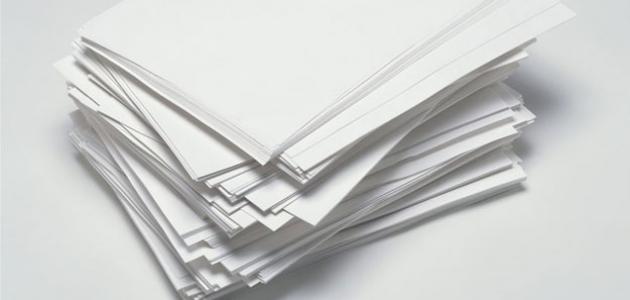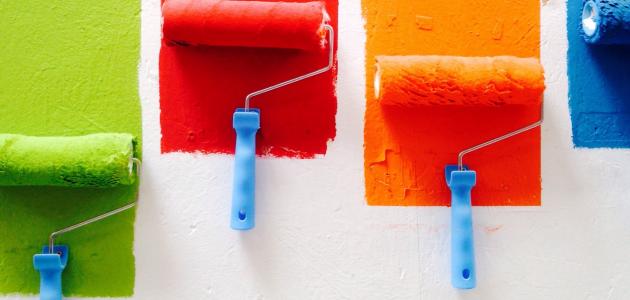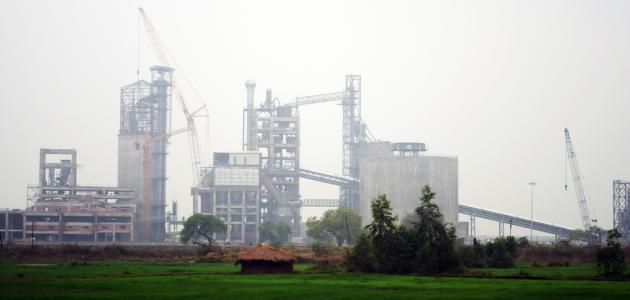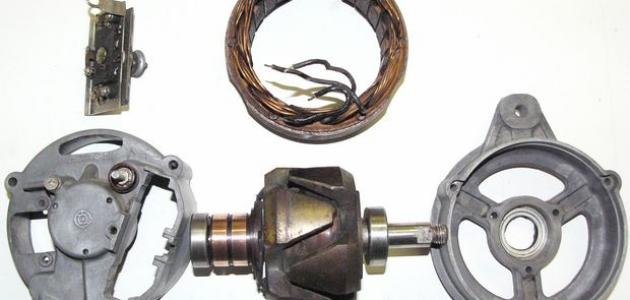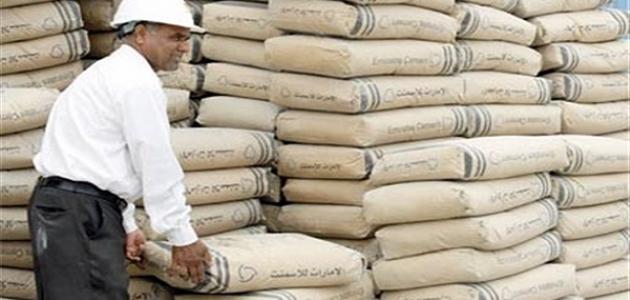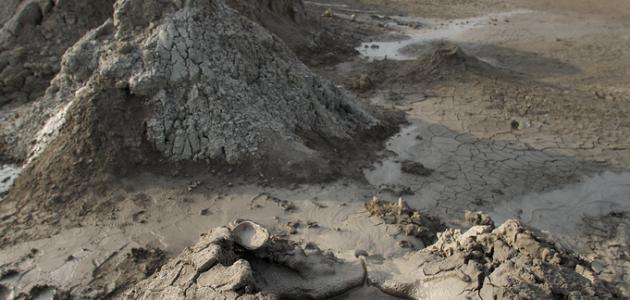History of paper making
In the Middle Ages, papers were made of diluted cotton and linen fibres, but now papers are known as very thin sheets made of fibers stirred until each thread of these fibers is alone, and rice papers or papyrus made from herbs and plants are not considered as... Never real papers. Paper was invented for the first time in China in the year 105 AD by the Chinese Cai Lun. The papers made by him were distinguished by their thinness and lining, as they were made from porous molds of corroded plant fibers. The first paper before the third century AD was made from dismantling cloth. Trees such as mulberry, hemp and China grass.
The first paper mill was established in Spain, and since paper was not widespread or popular at the time, Holy Roman Emperor Frederick II issued a decree declaring that any official document written on paper was invalid.
Stages of paper making
Paper is made using the raw material from trees, which is called wood pulp. Some types of pulp consist of vegetable fibers (cellulose), with the addition of different types of materials to control the physical and aesthetic properties of the papers and their printability. There are also high-quality papers. High quality paper can be made by hand using cotton, linen or hemp fibres. The process of selecting the quality of the fibers is an important process in paper making. Papers with good softness, flexibility and opacity can be made in large quantities using straw, bamboo and esparto grass fibres. As for the papers currently manufactured, 90% of them are made from the wood pulp of soft conifer trees such as spruce or pine. The paper making process is carried out using two stages:
Read also:What is the meaning of the monopoly of the iron industry?- Raw material processing stage: Which includes the following:
- Convert long wood chips into wood pulp.
- Washing, bleaching, refining, beating, sizing and coloring of fibers. It is important to bleach papers using oxygen instead of bleaching them using chlorine, as chlorine is harmful to the environment.
- Improving the quality of the pulp by using a machine called a cone screen.
- The stage of introducing pulp into the paper making machine: The paper making machine is called the Fourdrinier, and paper is made using this machine through the following steps:
- Inserting papers into a machine to make papers.
- Use a suction machine to reduce the moisture content of the leaves.
- Drying using a drum dryer, which passes the paper over a series of stainless steel drums at a temperature of 93 degrees Celsius to ensure that the paper contains only approximately 4-5% of moisture.
Benefits of paper recycling
The most important benefits of paper recycling can include the following:
- Preserving natural resources.
- Energy saving.
- Reducing greenhouse gas emissions.
- Keep free space in landfills for other materials that cannot be recycled.
The previous points can be summarized with the statistic that recycling one ton of paper can save approximately 17 trees, 26,498 gallons of water, 1,438 gallons of oil, 2.5 cubic meters of landfill space, and 4000 kilowatts of energy. It can power a home for six months, and recycling a ton of paper can reduce greenhouse gas emissions by one metric ton of carbon equivalent (MTCE).
Read also:Industry in SudanIt is worth noting that paper recycling has limits, contrary to common beliefs, that is, there is a certain number of times that the same papers can be recycled to preserve the environment, as every time paper is recycled, its quality will decrease as the fibers become It is shorter than before, more fragile, and more fragile than before, but in general, paper can be recycled up to seven times before it is completely discarded and unable to be used again.
